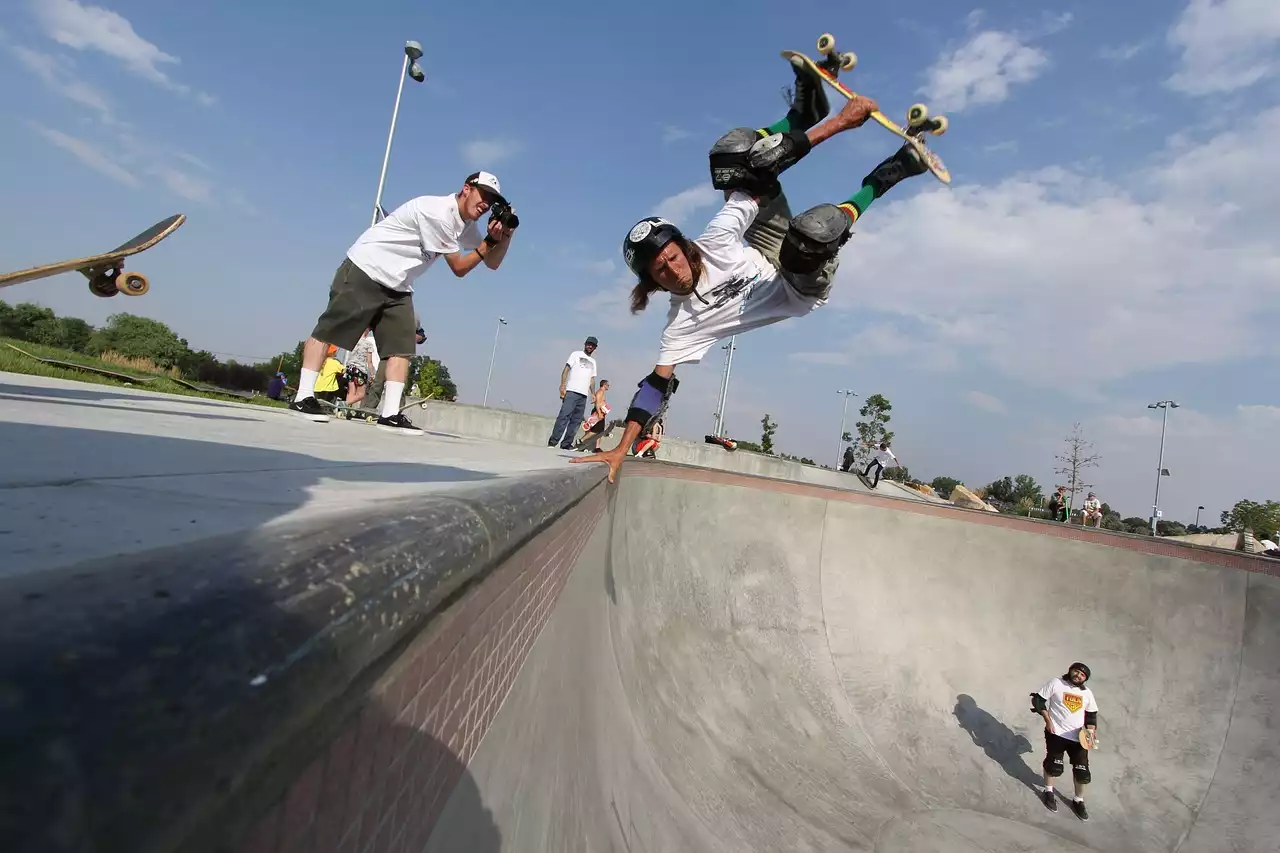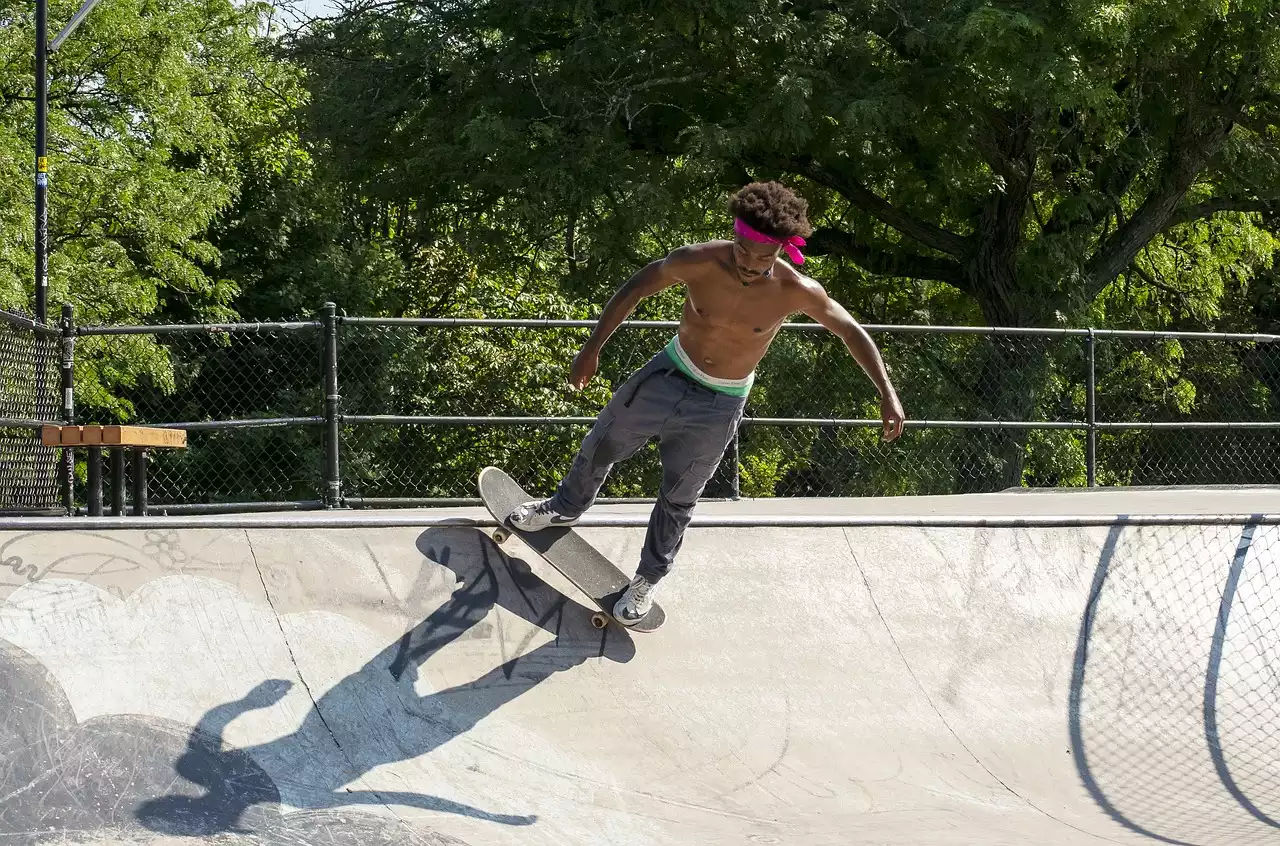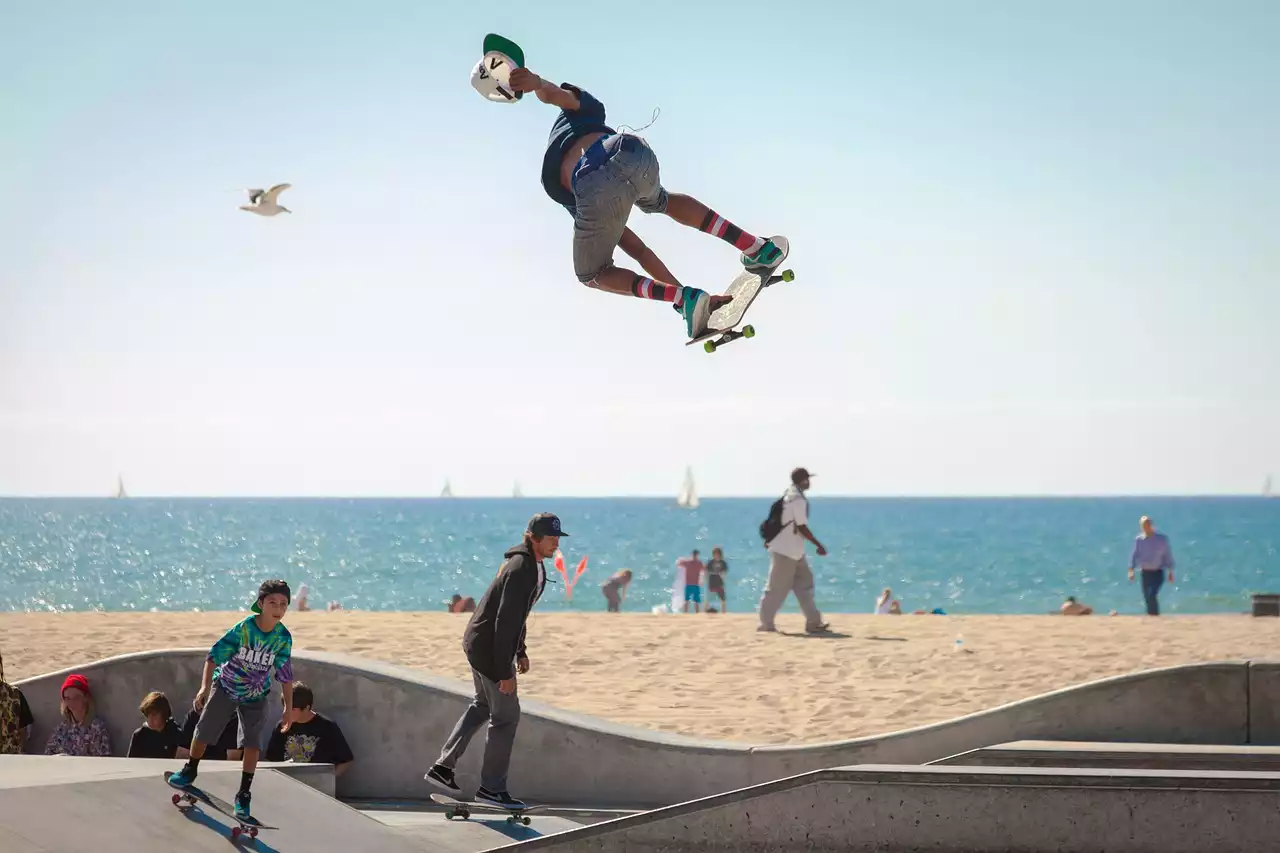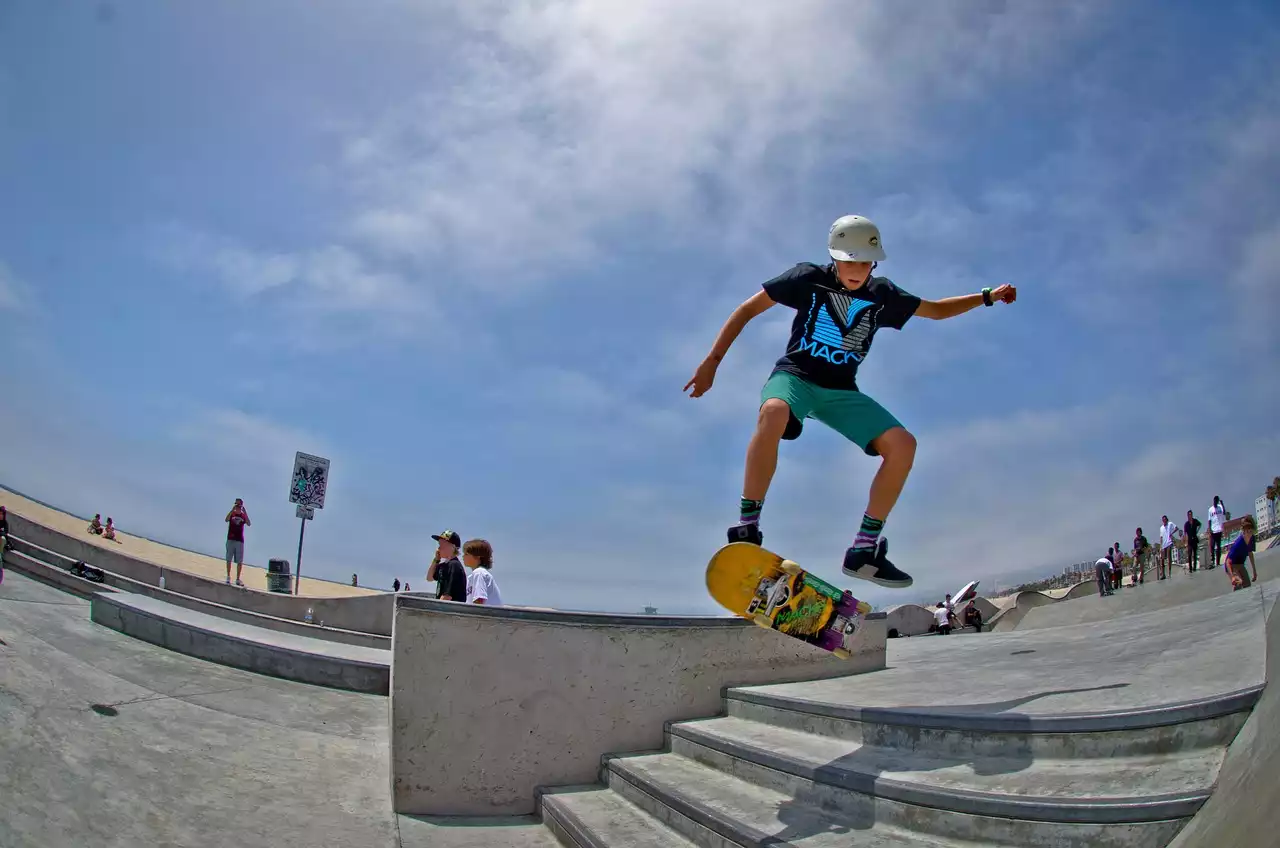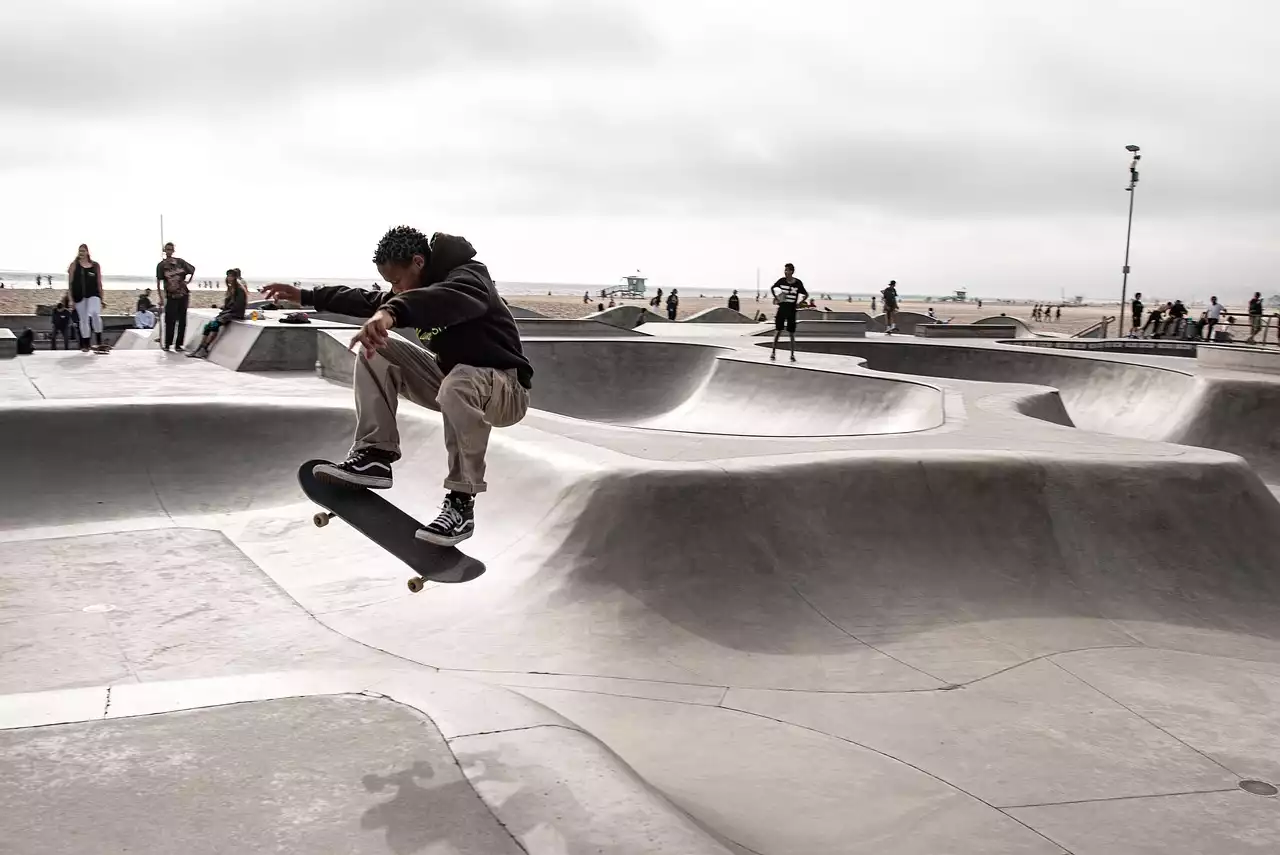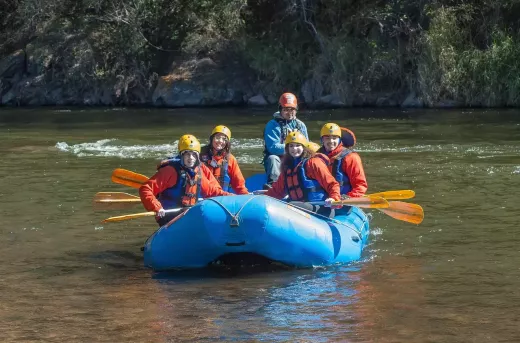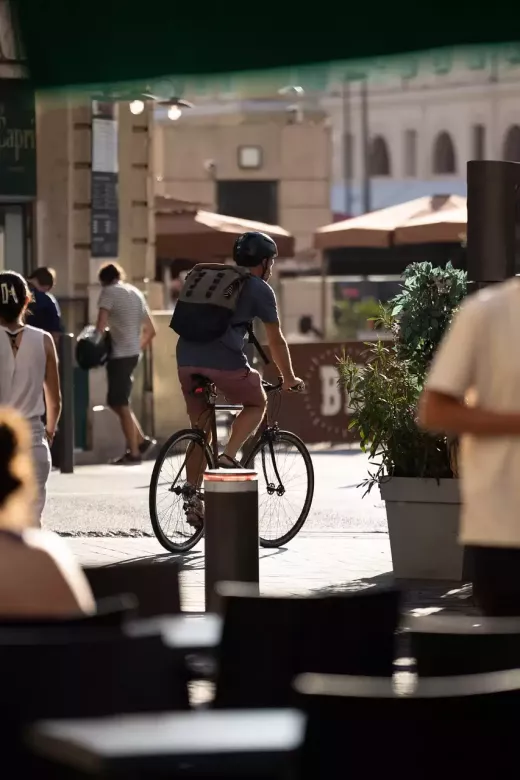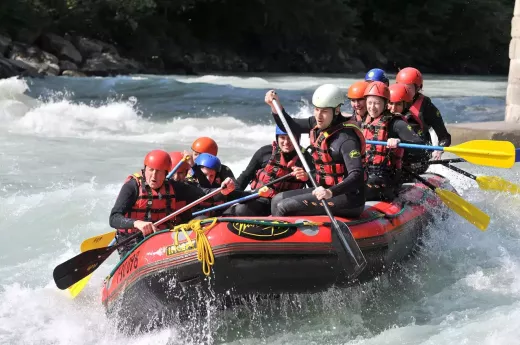Mindset for Progression
One of the most important aspects of progressing your skateboarding skills is having the right mindset. Skateboarding can be a frustrating sport, and it's easy to get discouraged when you're not seeing progress as quickly as you'd like. However, it's important to remember that skateboarding is a journey, and every skater progresses at their own pace. Here are some mindset tips to help you stay motivated and focused on your skateboarding goals:
Set Realistic Goals
When it comes to progressing your skateboarding skills, it's important to set realistic goals for yourself. Don't expect to go from a beginner skater to a pro overnight. Instead, set small goals that you can achieve within a reasonable timeframe. For example, if you're working on perfecting your ollie, set a goal to land it five times in a row before moving on to more advanced tricks.
Embrace Failure
Skateboarding is all about trial and error. You're going to fall, and you're going to fail. But it's important to embrace failure as a learning opportunity. Every time you fall or mess up a trick, take a moment to analyze what went wrong and what you can do differently next time. Remember, every skater falls, even the pros.
Stay Positive
Finally, it's important to stay positive and believe in yourself. Skateboarding is a challenging sport, but with practice and perseverance, you can achieve your goals. Don't get discouraged if you're not progressing as quickly as you'd like. Keep working hard, and you'll get there eventually.
Proper Skateboarding Gear
Before you start working on your skateboarding skills, it's important to have the proper gear. Not only will it help protect you from injury, but it can also improve your overall performance on the board. Here are some essential skateboarding gear items you should invest in:
Skateboard
The most important piece of gear you'll need is a skateboard. There are many different types of skateboards available, so it's important to choose one that's right for your skill level and skating style. For beginners, a wider and longer board with softer wheels can be more stable and easier to control.
Helmet
A helmet is essential for protecting your head from injury while skateboarding. Make sure you choose a helmet that fits properly and meets safety standards.
Pads
In addition to a helmet, you may also want to invest in knee and elbow pads. These can help protect your joints from injury while you're practicing new tricks.
Stretching and Conditioning Exercises
Skateboarding requires a lot of physical exertion, so it's important to warm up properly before you start skating. Here are some stretching and conditioning exercises you can do to prepare your body for skateboarding:
Leg Swings
Stand next to a wall or railing and swing one leg back and forth, keeping it straight. Do 10-15 swings on each leg.
Squats
Stand with your feet shoulder-width apart and squat down as low as you can, keeping your back straight. Do 10-15 squats.
Lunges
Take a big step forward with one foot and lower your body until your back knee almost touches the ground. Do 10-15 lunges on each leg.
Calf Raises
Stand on the balls of your feet and raise your heels as high as you can, then lower them back down. Do 10-15 calf raises.
Basic Skateboarding Tricks
Now that you're warmed up and ready to skate, it's time to start working on some basic skateboarding tricks. These tricks will help you improve your balance and control on the board. Here are some tricks to get you started:
Ollie
The ollie is one of the most basic skateboarding tricks, but it's also one of the most important. To ollie, position your back foot on the tail of the skateboard and your front foot near the middle of the board. Pop the tail of the board down while simultaneously jumping up and sliding your front foot up towards the nose of the board. This will cause the board to jump into the air. Try to land with both feet on the board.
Kickturn
A kickturn is a basic turning maneuver that involves lifting the front wheels of the board off the ground and pivoting the board in the direction you want to go. To do a kickturn, shift your weight to your back foot and lift the front wheels off the ground. Then, pivot your body in the direction you want to turn and use your back foot to guide the board.
Manual
A manual is a trick where you balance on the back wheels of the skateboard without touching the ground with the front wheels. To do a manual, shift your weight to your back foot and lift the front wheels off the ground. Use your back foot to balance on the tail of the board and try to keep the board level.
Progressing to Intermediate Level Tricks
Once you've mastered the basic tricks, it's time to start working on more advanced ones. Here are some intermediate-level tricks to try:
Pop Shove-It
A pop shove-it is a trick where you spin the board 180 degrees while it's in the air. To do a pop-shove-it, start in the ollie position and pop the tail of the board down. As the board starts to jump, use your back foot to kick the back of the board in the opposite direction of the spin. Use your front foot to guide the board as it spins, and try to land with both feet on the board.
Frontside 180
A frontside 180 is a turning trick where you spin the board 180 degrees in the air while turning your body in the opposite direction. To do a frontside 180, start in the ollie position and pop the tail of the board down. As the board starts to jump, use your front foot to guide the board in the direction you want to turn. Use your shoulders to turn your body in the opposite direction of the spin, and try to land with both feet on the board.
Boardslide
A boardslide is a trick where you slide along the edge of a rail or ledge with the board perpendicular to the obstacle. To do a boardslide, approach the obstacle at an angle and ollie onto it. As you slide, keep your weight centered over the board and use your feet to control the slide. When you reach the end of the obstacle, ollie off and land back on the ground.
Tips for Learning New Tricks
Learning new skateboarding tricks can be intimidating, but with the right approach, you can make progress quickly. Here are some tips to help you learn new tricks:
Break It Down
When you're learning a new trick, break it down into smaller components. Practice each component individually until you feel comfortable with it, then start putting them together.
Visualize It
Visualization is a powerful tool for learning new tricks. Close your eyes and imagine yourself performing the trick perfectly. Visualize the movements, the timing, and the landing. This will help you develop muscle memory and improve your confidence.
Practice Consistently
The key to learning new tricks is consistent practice. Set aside time each day to work on the trick, even if it's just for a few minutes. With consistent practice, you'll start to see progress quickly.
Skatepark Etiquette and Safety
Skateparks can be intimidating places, especially for beginners. It's important to follow proper skatepark etiquette and safety guidelines to ensure everyone has a good time and stays safe. Here are some tips:
Follow the Rules
Most skateparks have posted rules and regulations. Make sure you read and follow them to avoid getting kicked out or injuring yourself or others.
Be Respectful
Skateparks can get crowded, especially during peak hours. Be respectful of other skaters and wait your turn. Don't hog the obstacles or cut in front of others.
Wear Protective Gear
Even if you're an experienced skater, it's important to wear protective gear at the skatepark. This includes a helmet, knee and elbow pads, and wrist guards.
Joining a Skateboarding Community
Finally, one of the best ways to progress your skateboarding skills is by joining a skateboarding community. Whether it's a local skatepark or an online forum, connecting with other skaters can provide you with valuable support, motivation, and advice. Here are some ways to get involved:
Join a Skateboarding Club
Many cities have skateboarding clubs or groups that meet regularly to skate together. Joining a club can provide you with access to new skate spots, new friends, and a supportive community.
Attend Skateboarding Events
Skateboarding events, such as competitions or demos, can be a great way to meet other skaters and learn from the pros.
Connect Online
There are many online forums and social media groups dedicated to skateboarding. Joining these communities can provide you with a wealth of knowledge and support.
